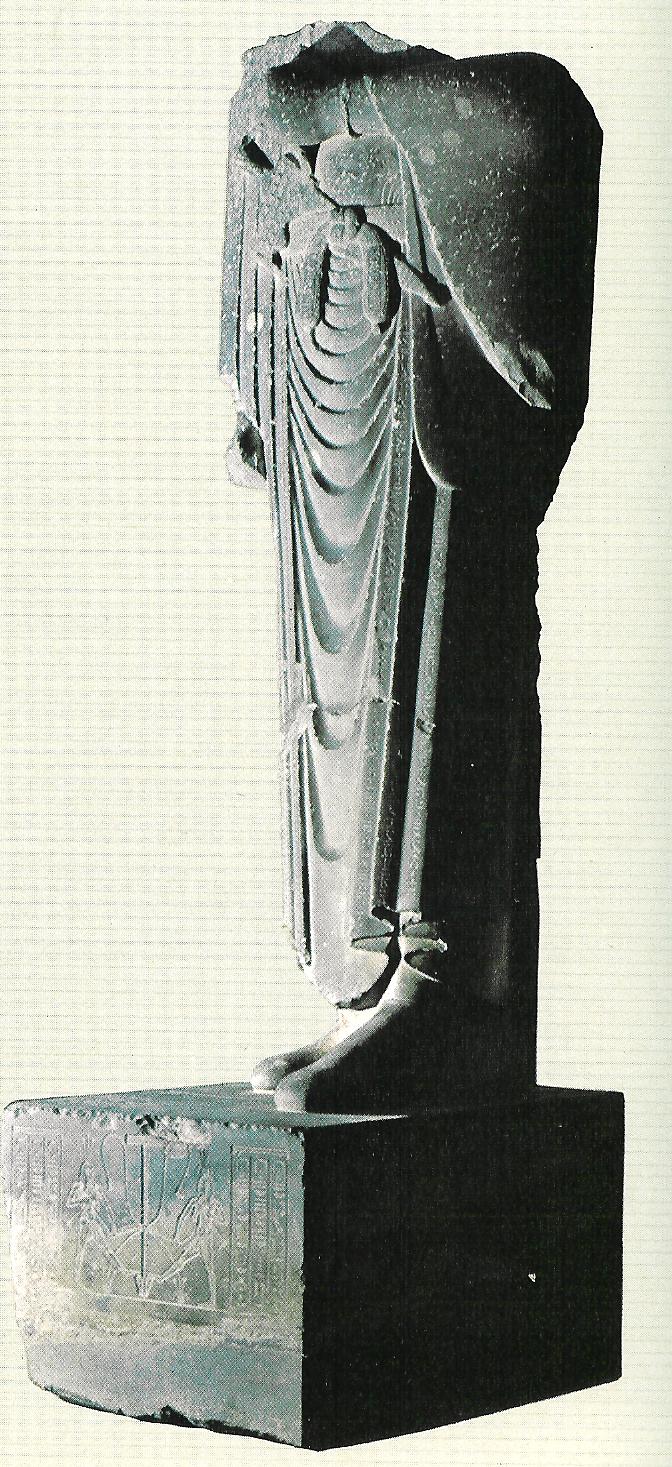A dramatic set of headlines in the Times of London as well as other outlets such as MSNBC have reported on the remains of a lost Achaemenid Persian army (reputedly at 50,000 men) of King Cambyses II (530-522 BC) (son of Cyrus the Great) in Egypt dated to 2,500 years ago. The findings have also been reproted in Persian through the Mehr News network (کشف لشگر افسانه ای کمبوجیه در صحرای آفریقا).
According to the Greek historian Herodotus (484-425 BC), Cambyses (also known as Kambujiya), had sent an amry to attack the Oasis of Siwa from Thebes (circa) 525 BC. The reason is generally believed to have been due to the Temple of Amon’s priests not acknowledging Cambyses’ legitimacy in Egypt, which he had recently conquered.
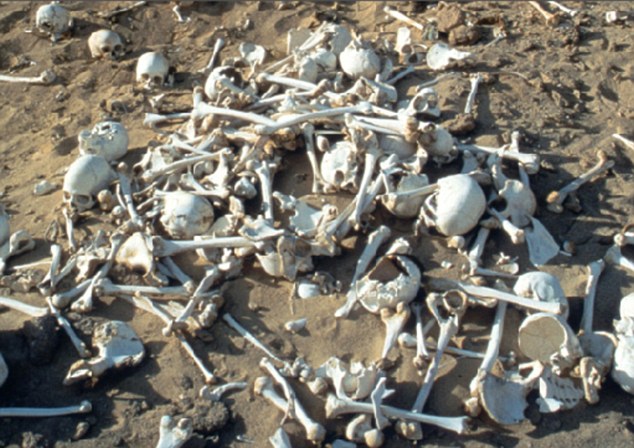 The remains of the ancient Achaemenid Persian army. Their specific mission was to have destroyed the Oracle at the Temple of Amon. The army never achieved its task, having become entombed on the way by a heavy sandstorm. Up to 50,000 troops may have been lost.
The remains of the ancient Achaemenid Persian army. Their specific mission was to have destroyed the Oracle at the Temple of Amon. The army never achieved its task, having become entombed on the way by a heavy sandstorm. Up to 50,000 troops may have been lost.
What is unique about this discovery is that the Italian archaeologists Angelo and Alfredo Castiglioni have done a thorough analysis of the human bones and bronze weapons at the Egyptian site.
The Italian expedition was accompanied by Egyptian geologist Professor Ali Barakat of Cairo University whose metal detector found ancient Achaemenid weapons such as arrow tips and a dagger. As noted by Castiglioni to the Doscovery News outlet:
“We are talking of small items, but they are extremely important as they are the first Achaemenid objects, thus dating to Cambyses’ time, which have emerged from the desert sands in a location quite close to Siwa…“
Note TV interview with Discovery News…
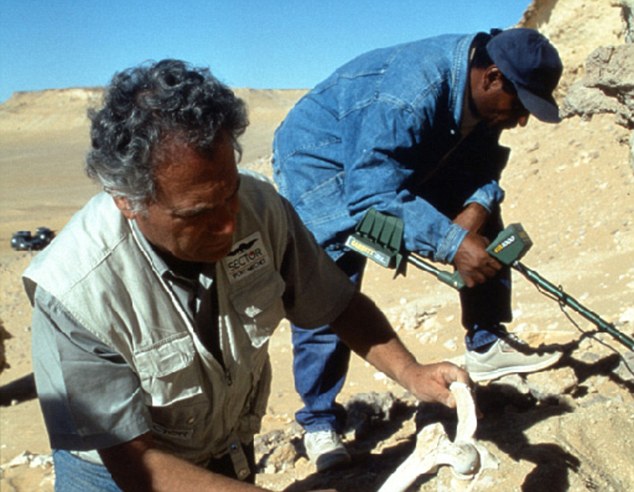
An Archaeologist’s Dream: The two Castiglionis (Angelo and Alfredo) engaged in examing the remains of what is believed to be Cambyses II’s lost army in Egypt.
Mainstream historiography had generally been skeptical of Herodotus’ accounts of the event as no evidence had yet been unearthed. The Persian army was reportedly entombed in a massive sandstorm never to be heard from again – until now.
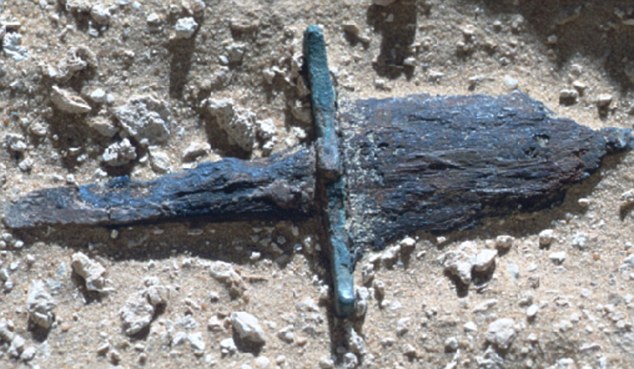 Achaemenid dagger found among the remains in Egypt.
Achaemenid dagger found among the remains in Egypt.
Unfortunately the reports regarding Cambyses II and the Temple of Amon have been somewhat incomplete. Cambyses’ conflict with the priests at Amon may have also had to do with the fact that their wealthy estates were about to be more equitably distributed to benefit the populace in Egypt.
The reports have not stated that Cambyses’ actually assumed the position of Pharaoh of the 27th dynasty and was careful to observe and respect Egyptian rituals (religious and secular) (Consult Frye, 1984, p.97; Young and Keall, 1993, p.151-152). The local government administration had also been kept intact by Cambyses (consult Atkinson, 1956, p.167-170). The Temple of Amon was in fact funded and supported by not only Cambyses but also by his ultimate successor, Darius the Great.
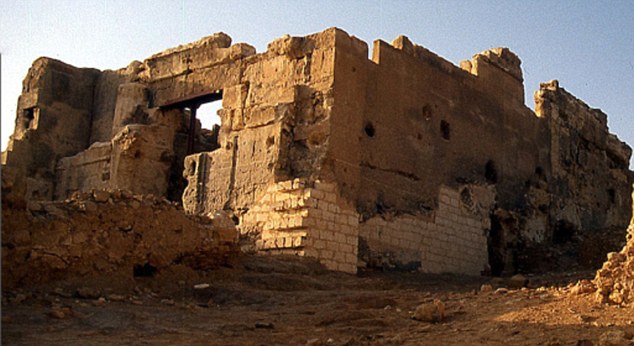 The remains of the Temple of Amon in Egypt. It is important to place the Cambyses’ specific campaign in context as Achaemnid kings (including Cambyses and Darius the Great) consistently provided funds and support for the reconstruction and repair of Egypt’s temples.
The remains of the Temple of Amon in Egypt. It is important to place the Cambyses’ specific campaign in context as Achaemnid kings (including Cambyses and Darius the Great) consistently provided funds and support for the reconstruction and repair of Egypt’s temples.
An Egyptian statue of Darius the Great, sculpted in Egypt around 510 BC, portraying him as the Pharaoh of Egypt. Barely visible are the Egyptian hieroglyphs on the pedestal.
As noted by the late Professor Arberry:
“…Cyrus, Cambyses, and Darius ruled in Babylon as kings of Babylon and in Egypt as Pharaohs…the Persians on the whole exercised clemency towards their vanquished foes; usually only traitors were treated with severity. They had none of the sheer brutality and delight in cruelty and large-scale massacre for their own sake shown by the Assyrians” (1953, p.8).
References:
Arberry, A.J. (1953). The Legacy of Persia. Oxford: The Clarendon Press.
Atkinson, K.M.T. (1956). The legitimacy of Cambysis and Darius as kings of Egypt. Journal of the American Oriental Society, 76, 167-170.
Farrokh, K. (2007). Shadows in the Desert: Ancient Persia at War. Osprey Publishing. Consult pp.49-50.
Frye, R.N. (1984). The History of Ancient Iran. Munich, Germany: C.H. Becksche Verlagsbuchhanndlung.
Khorasani, M.M. (2006) Arms and Armor from iran: Bronze Age to the end of the Qajar Era.. Legat Publications.
Keall, R.J. (1993). The Achaemenids (559-330 BC) . In A. Cotterell (ed.), The Penguin Encyclopedia of Classical Civilizations, pp. 149-162. England: Penguin Books.

